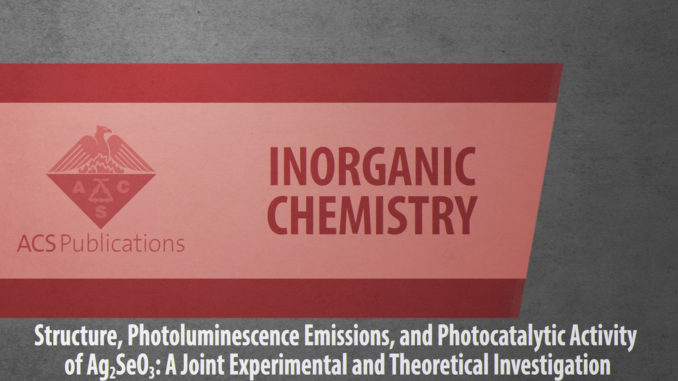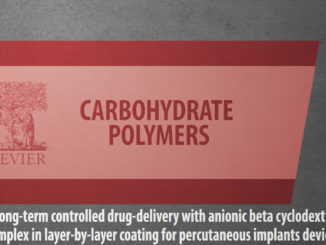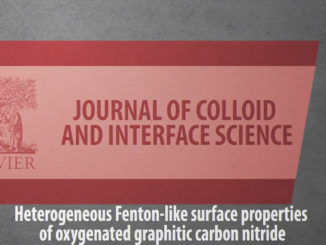
Structure, Photoluminescence Emissions, and Photocatalytic Activity of Ag2SeO3: A Joint Experimental and Theoretical Investigation
Abstract: In this paper, we report the synthesis of silver selenite (Ag2SeO3) by different methods [sonochemistry, ultrasonic probe, coprecipitation, and microwave-assisted hydrothermal methods]. These microcrystals presented a structural long-range order as confirmed by X-ray diffraction (XRD) and Rietveld refinements and a structural short-range order as confirmed by Fourier transform infrared (FTIR) and Raman spectroscopies. X-ray photoelectron spectroscopy (XPS) provided information about the surface of the samples indicating that they were pure. The microcrystals presented different morphologies and sizes due to the synthesis method as observed by field emission scanning electron microscopy (FE-SEM). The optical properties of these microcrystals were evaluated by ultraviolet–visible (UV–vis) spectroscopy and photoluminescence (PL) measurements. Thermal analysis confirmed the temperature stability of the as-synthetized samples. Further trapping experiments prove that the holes and hydroxyl radicals, to a minor extent, are responsible for the photocatalytic reactions. The experimental results are sustained by first-principles calculations, at the density functional theory (DFT) level, to decipher the structural parameters, electronic properties of the bulk, and surfaces of Ag2SeO3. By matching the experimental FE-SEM images and theoretical morphologies, we are capable of finding a correlation between the morphology and photocatalytic activity, along with photodegradation of the Rhodamine B dye under UV light, based on the different numbers of unsaturated superficial Ag and Se cations (local coordination, i.e., clusters) of each surface.
Author(s): Pinatti, I.M.; Trench, A.B.; Tello, A.C.M.; Pereira, P.F.S.; Souza, J.C.; Teodoro, M.D.; Rosa, I.L.V.; Andrés, J.; Longo, E.; Simões, A.Z.
Inorg. Chem.
Volume: 60, Pages: 5937-5954
Published: March 26, 2021
DOI: https://doi.org/10.1021/acs.inorgchem.1c00368
CDMF
The CDMF, hosted at the Federal University of São Carlos (UFSCar), is one of the Research, Innovation and Dissemination Centers (RIDC) supported by the São Paulo State Research Support Foundation (Fapesp), and also receives investment from the National Council Scientific and Technological Development (CNPq), from the National Institute of Science and Technology of Materials in Nanotechnology (INCTMN).




